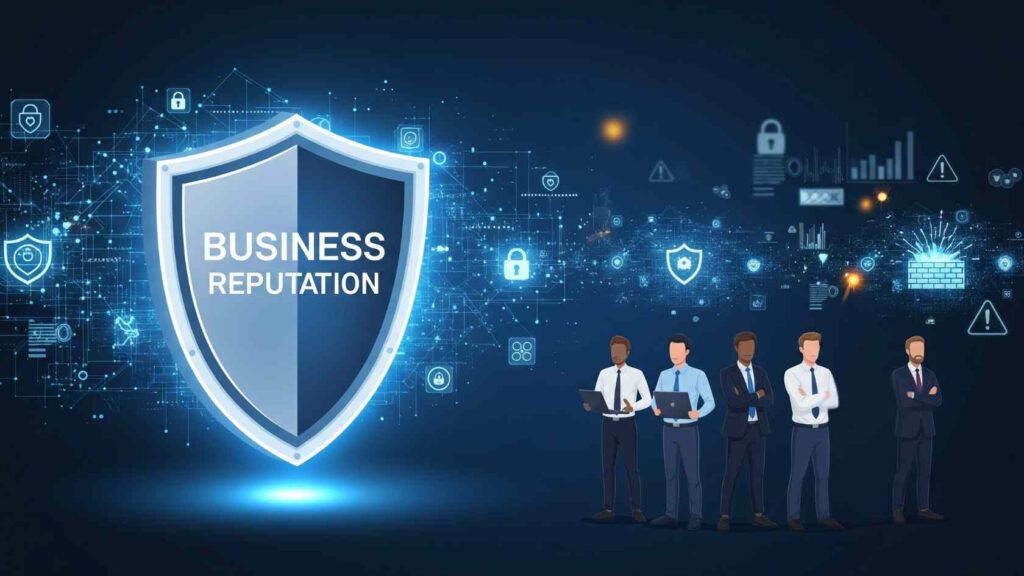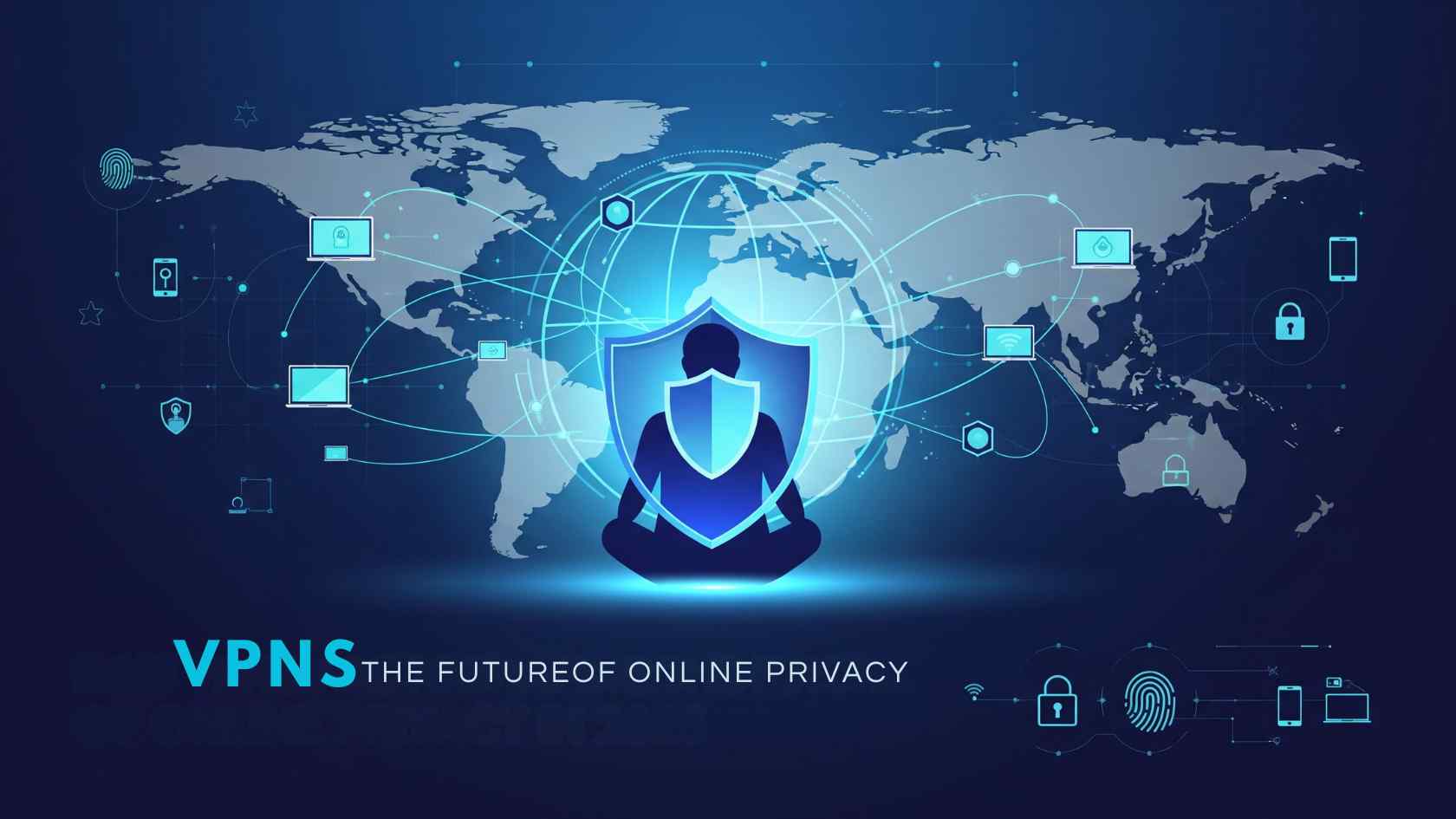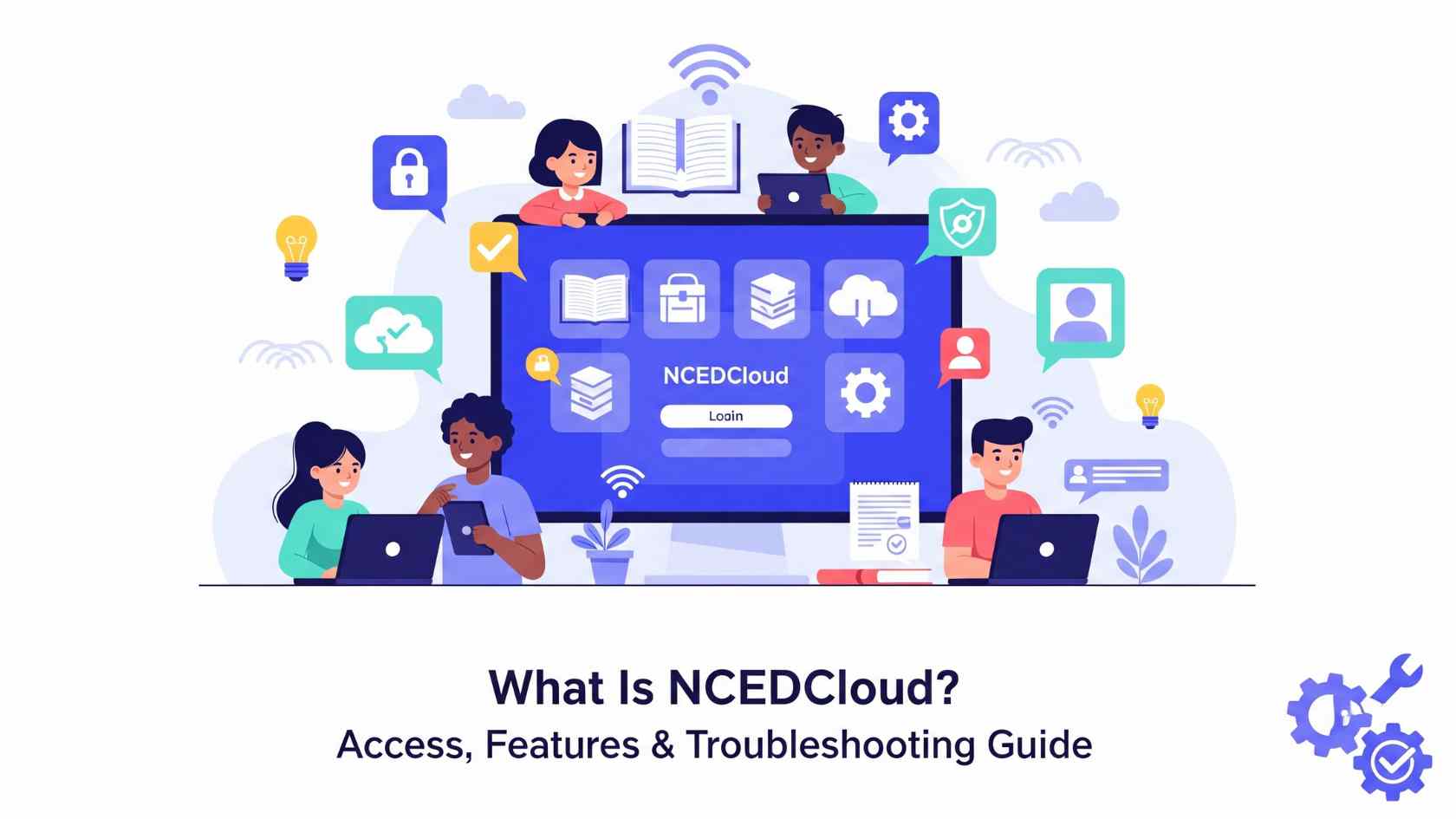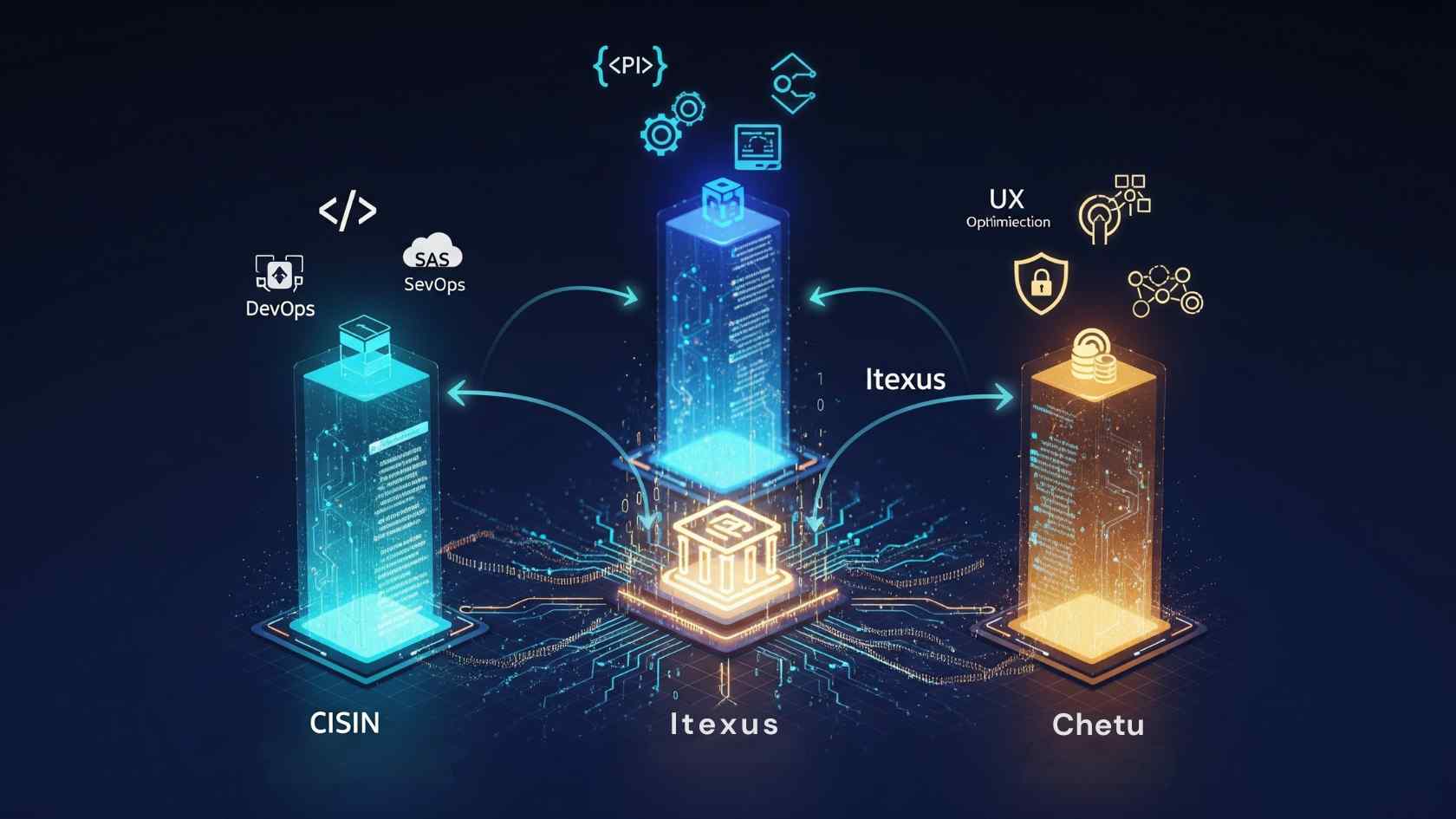“Reputation” is one of the company’s most valuable assets, but it can be weakened during a cyber crisis. Customers, partners, regulators, & the wider public form strong opinions quickly when sensitive data is exposed or systems suddenly go offline. A clumsy response can cause lasting harm. A structured & transparent approach can actually preserve trust even when pressure is high.
“Protecting reputation” in a cyber crisis requires much more than technical fixes. Communication, accountability, & preparation all matter. “Companies” that build resilient strategies before anything happens will always be stronger when the unexpected occurs.
Safeguarding Corporate Reputation Through Resilient Cyber Crisis Management
Building an Incident Response Team
A “skilled incident response team” brings together technical expertise & clear communication skills. “Members of the team” must know how to contain threats, recover systems, & deliver the right information at the right time.
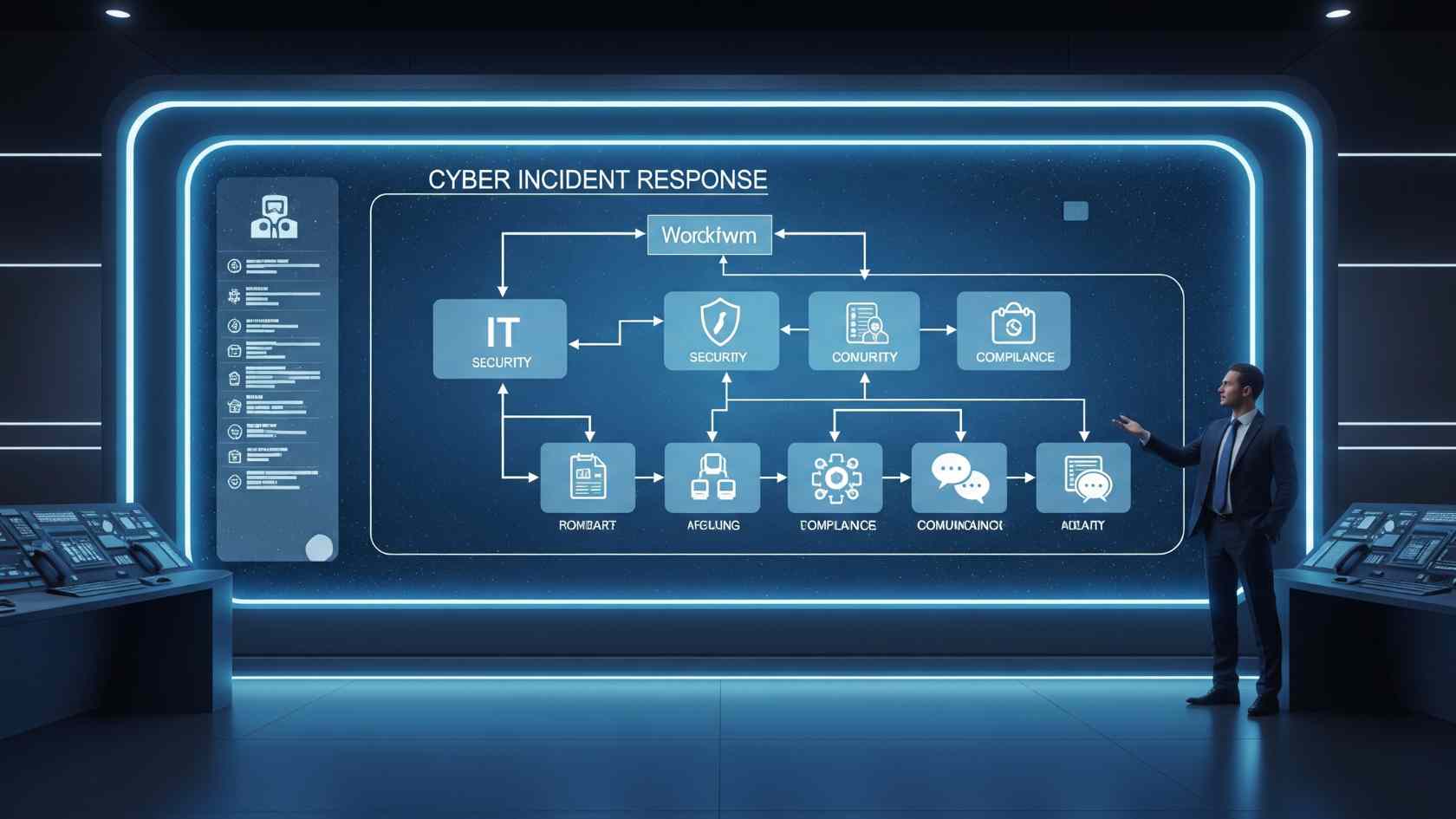
Creating this type of team requires cross-functional representation so that “reputation risks are considered from multiple perspectives.” Common roles include:
- IT specialists who contain and investigate technical threats
- Communication staff who share updates in clear language
- Compliance officers who watch over standards and practices
When these roles are represented, responses are far more balanced and effective.
Speed and Coordination in the Response
When a cyber crisis begins, the speed and coordination of the response matter as much as solving the technological issues. In addition to the breach, perplexity can quickly spread if teams work via silos or if methods of communication are unclear.
A well-coordinated system guarantees consistent updates and keeps everyone in sync when a business speaks with unity, stakeholders and customers notice and are reassured that the situation is handled effectively.
Companies often get this through crisis management software, which acts as an essential hub for:
- Visibly delegating tasks to the appropriate persons.
- Monitoring each response step’s progress and only disclosing accurate and up-to-date information.
- Delays plus mixed messages are eliminated with this type of tool.
Workers know accurately where to go for information, and leaders have visibility into each crisis phase.
Central Hub for Employee Guidance
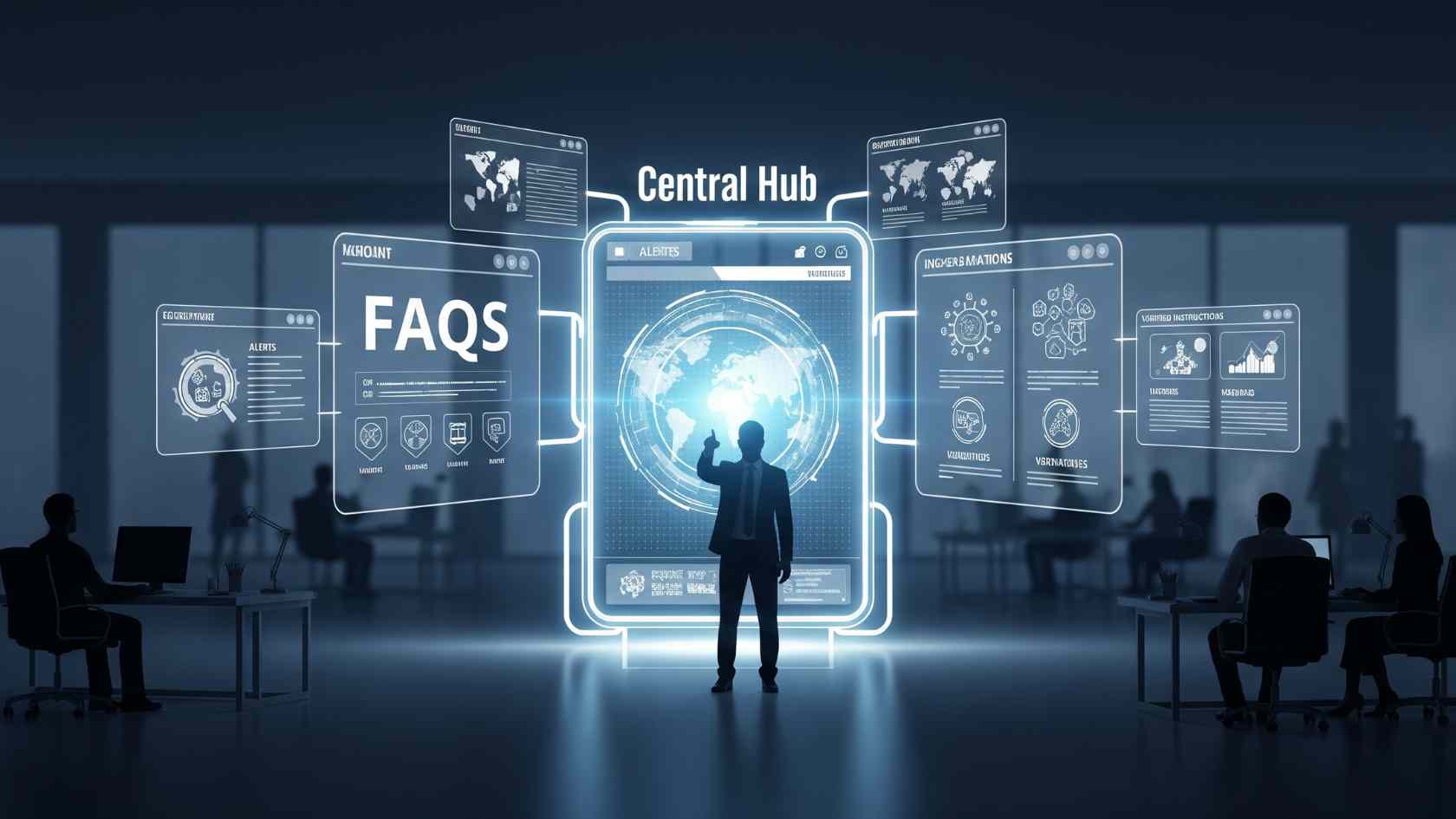
Employees regularly serve as the early point of contact for concerned clients or partners throughout a crisis. Conflicting messaging spreads rapidly, and their integrity declines if they are unsure what to say. A central point for direction is required.
This hub could be an inner portal with real-time updates and verified instructions. Using this tool:
- Employees can refer outside associates to official resources.
- Workers provide precise as well as consistent answers.
- Everyone feels relaxed responding to imperative inquiries.
Being dependable fosters trust, which is vital in situations with much inspection.
Simulation Exercises for Preparedness
Preparation reduces the probability of reputational spoil when real incidents happen. Simulation workouts, also known as tabletop drills, test practical responses and proclamation strategies that shape public awareness.
These drills allow teams to practice:
- Managing rapid updates for customers
- Handling tough media inquiries under stress
- Coordinating with regulators and outside partners
Simulated practice often reveals weaknesses in timing and messaging. By correcting these before a real crisis, the company enters the actual situation more confidently. Stakeholders always notice the difference between rehearsed communication and improvised replies.
Escalation Pathways for Faster Action
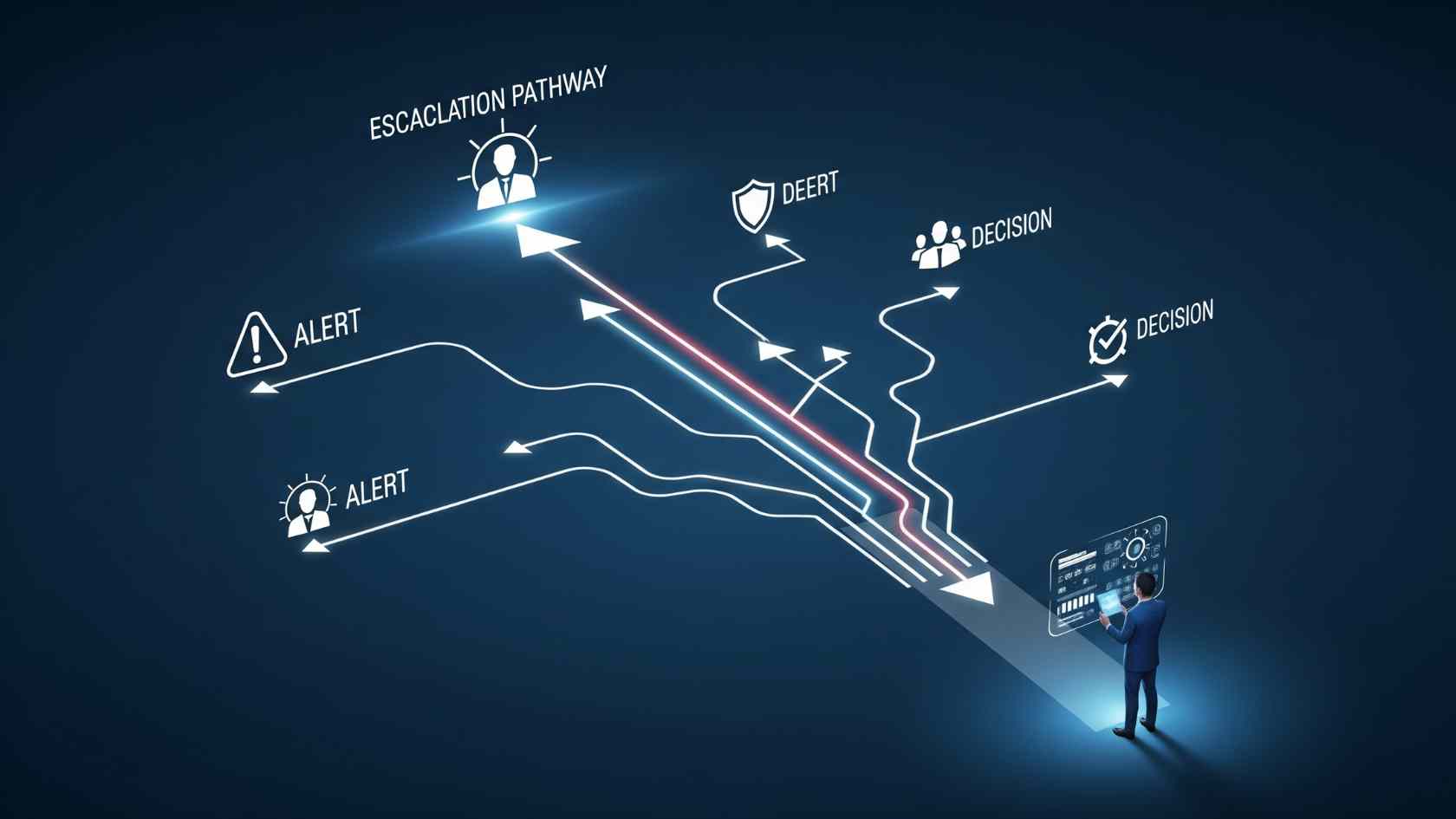
Unclear responsibilities during a cyber crisis create hesitation. Escalation pathways solve this by setting up situation-predefined roles and making decisions before a crisis occurs.
Through escalation pathways in place:
- Teams know accurately who to alert first
- Leaders recognize when critical calls must be completed
- Disputes over possession do not slow down proceedings
Silky internal management shows external audiences the corporation is organized and in control.
Protecting Customer Data
Customer trust depends directly on how data is handled. When a breach occurs, numerous people ask whether their individual or financial information has been compromised. If the response is vague, trust fades immediately.
Protecting status in this moment requires:
- Immediate inhibition steps to limit additional risk
- Transparent updates about what happened, as well as why
- Quick announcement for anyone straight affected
When corporations also share what measures will be taken to protect data in the future, clients often stay loyal because they feel their concerns are taken seriously.
Updating FAQs During the Crisis
In the middle of a “cyber crisis, uncertainty spreads quickly.” Support teams can be overwhelmed with the same questions again and again. Updated FAQs ease this problem.
Clear FAQs:
- Provide customers with accurate answers quickly
- Reduce frustration by eliminating guesswork
- Ease the workload on service teams
When information is easy to access, people feel reassured. Consistency in answers is one of the most underrated tools for protecting reputation.
Highlighting Security Investments After the Crisis

Once a calamity is under control, stakeholders imagine reassurance. They covet to see steps that confirm comparable issues will not happen again. Highlighting new reserves is key.
Companies should emphasize:
- Improvements to monitoring tools as well as systems
- Extra training programs for workers
- Improved protocols for preventing potential breaches
The meeting point should be on progress. When a corporation shows it has learned from mistakes, its standing shifts away from the breach and toward resilience.
Offering Visible Support
Offering observable support shows clients the business is accountable. Common gestures include:
- Compensation for honestly affected persons
- Free credit monitoring or fraud security
- Temporary discounts on services or products
These proceedings should be communicated clearly through official channels. When accountability is taken openly, client trust begins to rebuild.
Reinforcing a Culture of Awareness
Cyber awareness is not just for specialists. Every employee contributes to reputation protection. A culture of awareness helps security become part of daily work.
Awareness is maintained through side-to-side training sessions and acknowledgment initiatives. Workers who are knowledgeable and self-assured project strength in times of crisis. This strength, which fosters trust even in trying situations, is visible to stakeholders.
Final Thoughts
In a cyber crisis, transparency, accountability, and clear action are critical to reputation. Every choice counts. Every decision affects how the public perceives the business, from escalation routes to cultural sensitivity. Teams and tools are important, but so are accountability and transparency. Businesses can safeguard their reputation by investing in resilience and providing considerate customer service. After the storm is over, some people might even emerge stronger.

